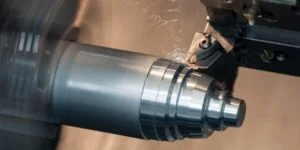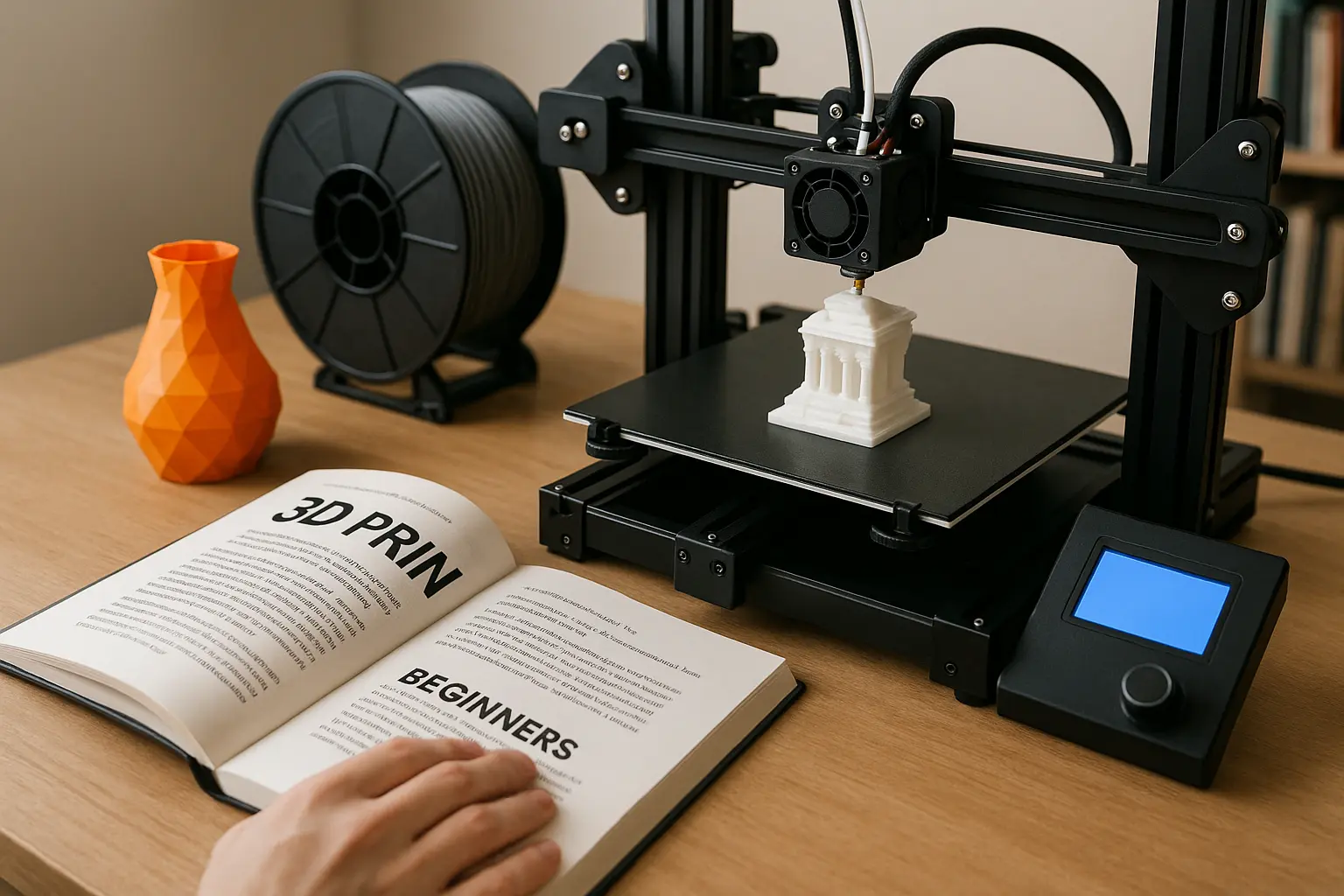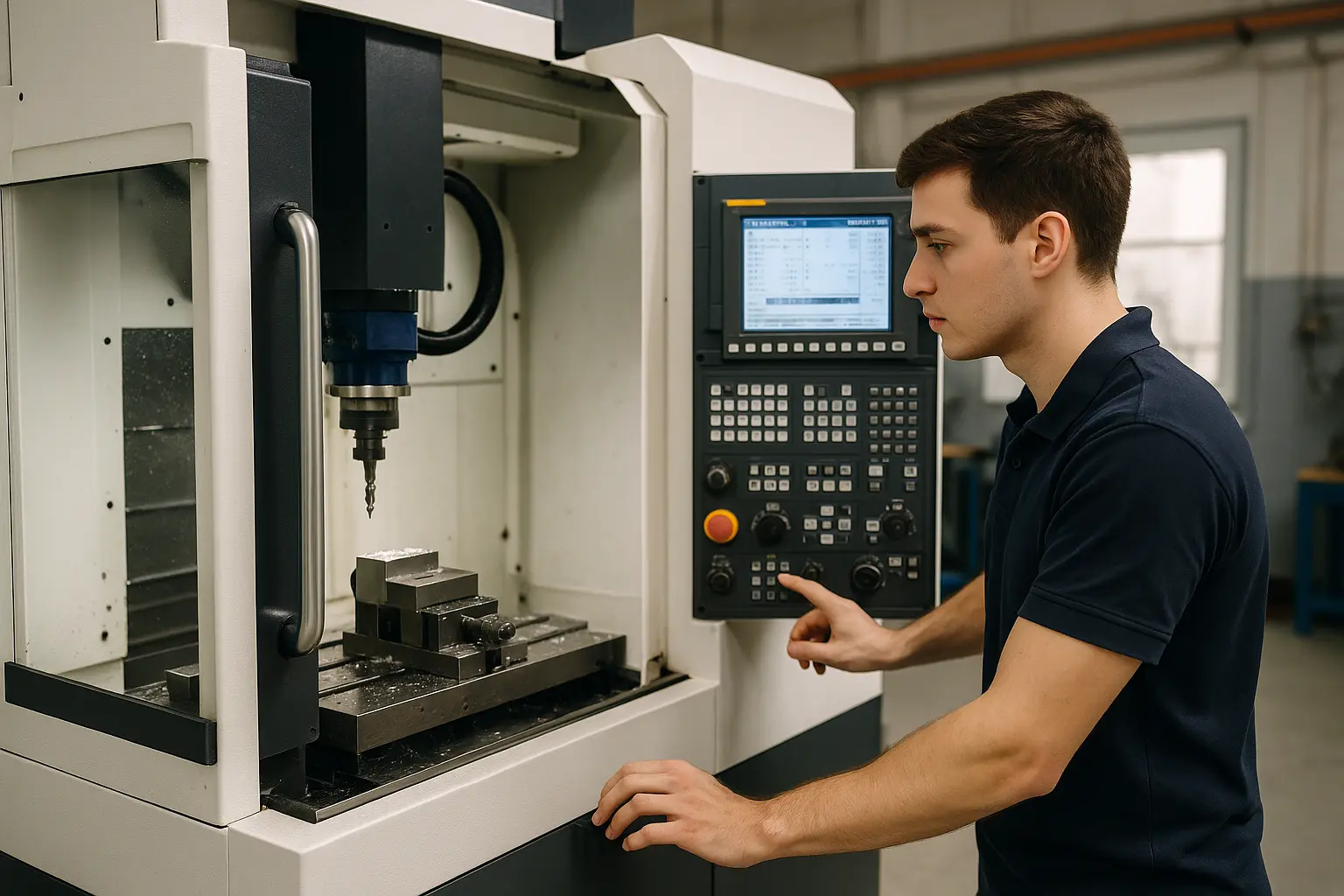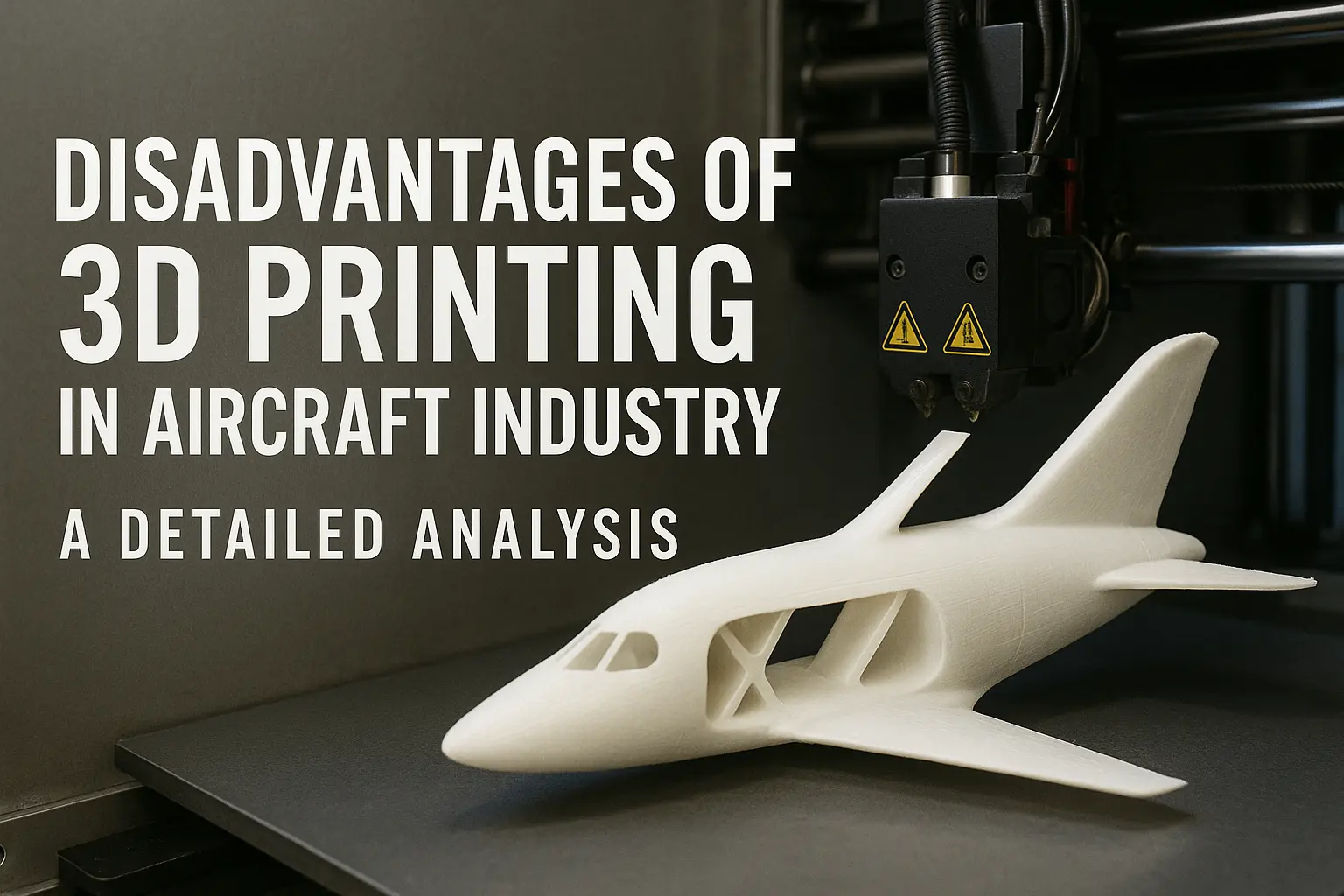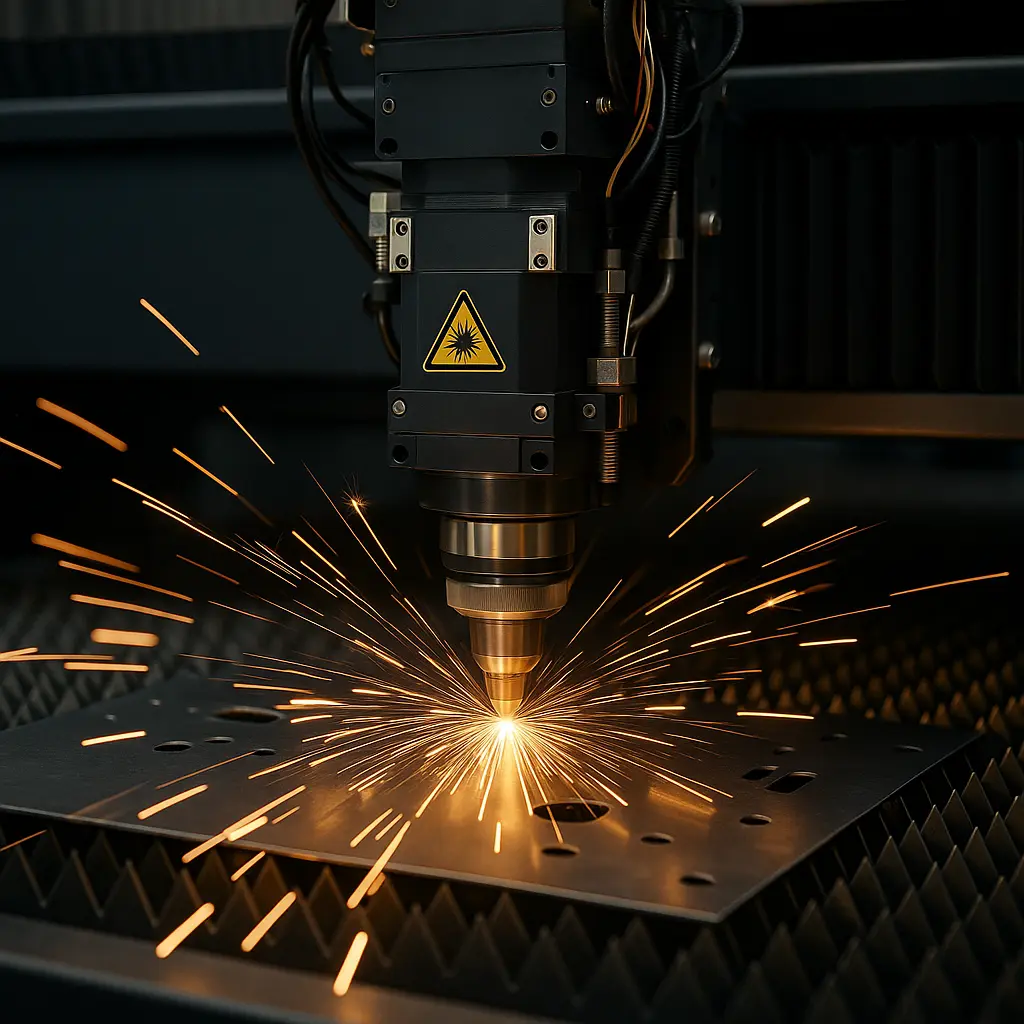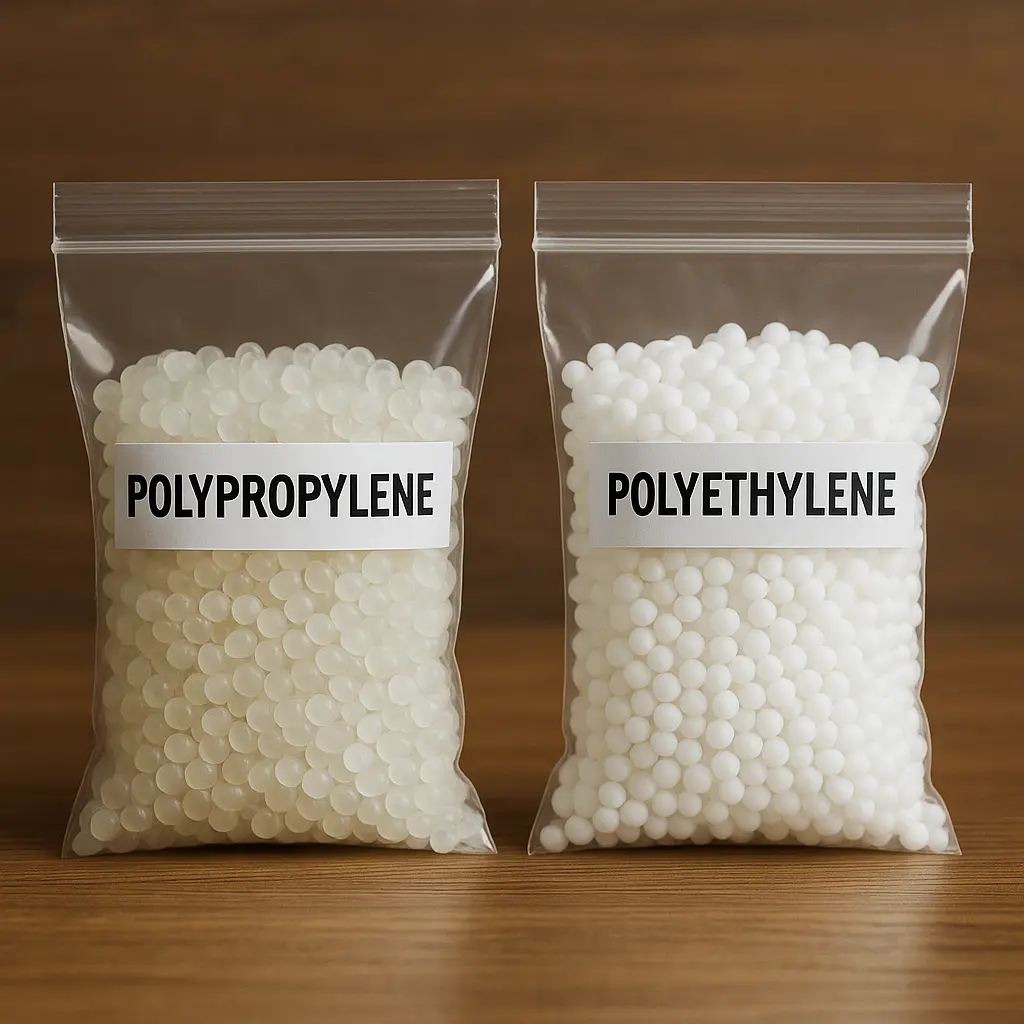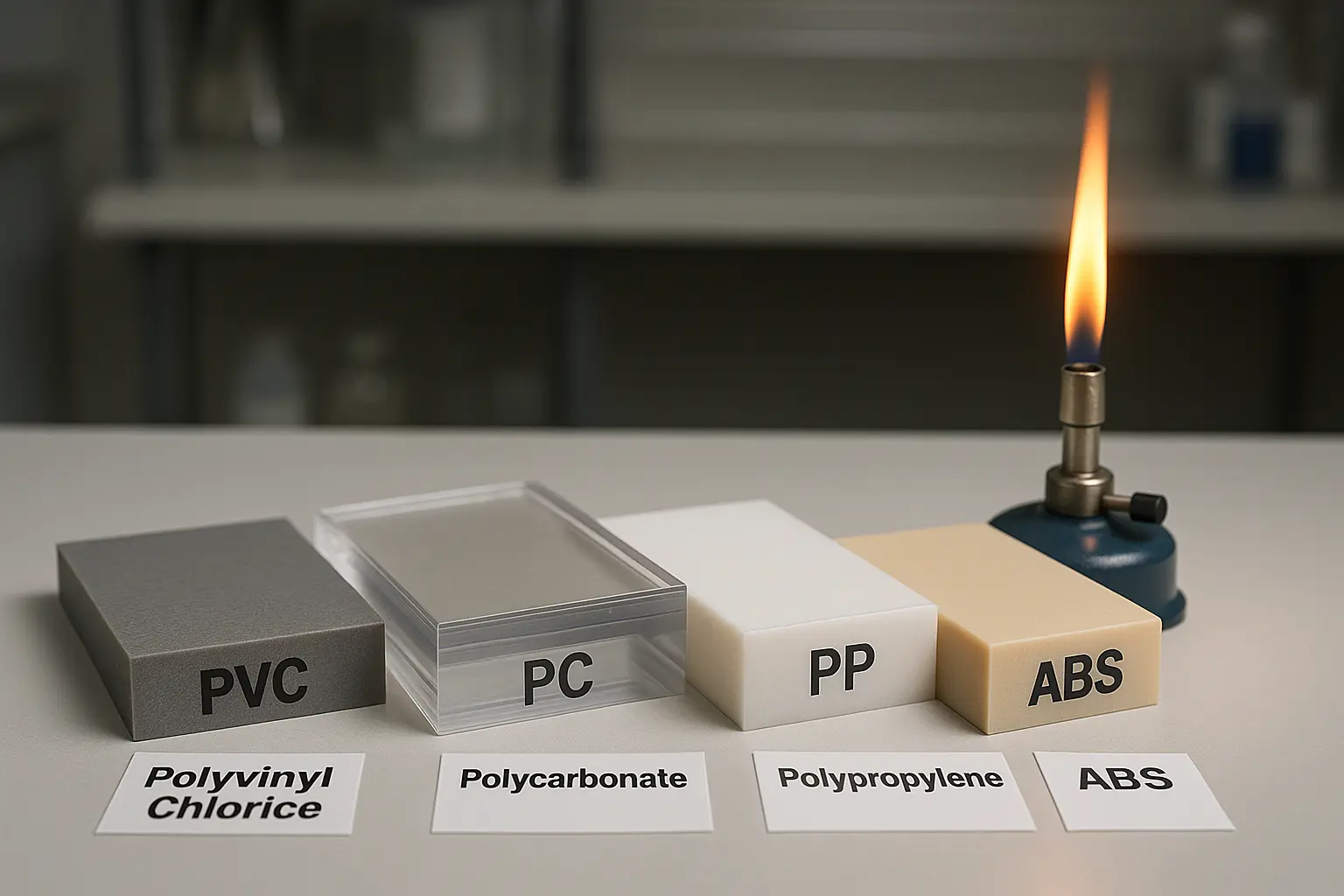CNC machining is one of the most common manufacturing techniques in various industries, as it can create simple to complex structures with high speed and accuracy. However, the technology is diverse, each suiting different applications.
what is CNC turning and a typical standard in CNC machining. It is the go-to machining process for machining rounded objects. This article will discuss the CNC turning process in detail, including the working principle, benefits, types, and other important info.
What is CNC Turning?
CNC turning is a subtractive manufacturing process that uses different cutters to remove pieces of a workpiece. The operation mainly involves chipping off pieces from the material’s exterior as it rotates against the cutting tool till the desired shape and dimension is achieved.
Like other CNC machining operations, turning is controlled by computer codes and machines, ensuring its high precision and accuracy. The process uses a single-point end tool capable of cutting pieces off the rotating workpiece. Therefore, what is CNC turning operations tend to create cylindrical and conical structures. However, it may prove effective for other non-typical turning operations, such as drilling and boring holes.

Working Principles of CNC Turning
CNC lathe turning follows a systematic approach to aching high-precision manufacturing like other machining operations. First, you must convert your CAD files into codes recognizable to the CNC device. Afterward, you can set up the machine and ready it for turning.
After setting up the machine, the first thing to do is clamp the workpiece to the device. Then, turning can begin, which involves rotating and spinning the material (workpiece). Ensure the correct input and configuration of the computer codes, which act as a guide, controlling the movement of the cutting tools in the tool turret or tool post as they engage the workpiece.
Then, the cutters chip off pieces of the material till the desired shape, usually cylindrical, conical, or round, is programmed. Once it reaches the desired shape, size, and tolerance specifications, the what is CNC turning parts are finished. However, you can proceed to secondary operations and finishes to enhance its aesthetics and overall properties.
Why Choose CNC Turning Process for CNC Turned Parts?
The turning process is an ideal choice for CNC-turned parts because of the numerous advantages the process affords. Below are some of the benefits of using turning operations.
High Precision and Dimensional Accuracy
CNC turning centers and lathe machines operate with computer codes and programs, eliminating human interference. Therefore, it makes parts manufacturing and cost of CNC machining highly precise. This single feature makes this process an excellent fit for components with tight tolerance and accuracy specifications.
Whether you are machining prototypes, rare parts, or bulk components, the cutting process adheres to the set program, ensuring that the product is identical to your intended design, even after several production runs.
Design Flexibility and Machine Versatility
what is CNC turning centers are sophisticated machines with vast capabilities beyond simple turning operations. You just need a skilled operator to perform the configuration and programming modification to suit your specifications. Also, the device is compatible with various materials, including metals, plastics, and composites, offering versatility for machining different parts.
Smooth Surface Finishing
CNC machines, including those for turning processes, offer high-precision cutting, ensuring that the turned parts have reduced needs for additional finishing. In addition, the method provides efficient chip formation and removal, minimizing the need for recutting and improving the surface of the cuts.
Product Repeatability and Reproducibility
CNC turning centers can consistently reproduce the same parts with high precision. This benefit ensures that the fabrication of subsequent batches meets the precise specifications, regardless of the number of fabrications and design complexities. This feature is highly beneficial for companies that engage in bulk-volume manufacturing projects, ensuring consistent, reliable parts production with little to no variation.
10 Types of Turning Operations
CNC lathes for turning operations exist in different forms, influencing the suitability of each device for specific processes. In fact, the more sophisticated lathes offer vast capabilities beyond typical turning operations. This section will discuss 10 different what is CNC turning operations.
1. Straight or Rough Turning
As the name suggests, it involves using a cutting tool to remove pieces of a workpiece, resulting in diameter reduction. The process is sometimes called rough turning because it performs quick size reduction of the material, quickly chopping off pieces of a workpiece to a predetermined diameter. In this case, the machinist must often engage in additional finishing to meet precision standards. The resulting process often results in the formation of round components with smooth surfaces.
2. Threading
Threading is a typical what is CNC turning process involving the movement of a cutting tool along the sides of the material, creating threaded features in the workpiece. In machining, threads refer to helical groove-like internal structures, usually of a specified pitch and length. These features are often for fastening purposes, allowing the locking and securing of various components using bolts and nuts or screws.
Like other CNC turning operations, threading uses a single-point cutting tool to machine the components. However, the cutting teeth usually feature a pointed nose at 60 degrees, which moves axially against the workpiece, forming the threading feature.
3. Parting
Like other turning procedures, parting involves using a pointed cutting tool to remove pieces of a workpiece, creating deep gouges radially. The process cuts off sections – parts – of the original material, an indication of the name of the technique. In fact, it is sometimes called cutoff or parting off turning, often for creating individual components of a larger stock of raw material.
4. Knurling
The knurling what is CNC turning operation involves creating crossed lines, serrated, diamond-shaped, or angular patterns on the exterior of a workpiece. This process aims to improve the grip, as the markings enhance friction. Therefore, these features are typically placed in the handles of tools. However, knurling tools may also be suitable for creating the threading features of bolts and nuts.
5. Grooving
Grooving is a turning operation for creating grooves – narrow cuts or shallow channels – in a workpiece. These features are often designed to provide clearance for other components, such as accommodating seals or improving aesthetics.
Like a typical what is CNC turning operation, it uses the radial motion of the cutter against the workpiece to create the groove – usually of equal width – on the workpiece. However, creating larger grooves is also possible through making multiple cuts, though the machinist may require more specialized tools for this purpose, including making grooves with varying geometries.
6. Facing
Facing involves using a rotary cutter to remove pieces off the end of a workpiece, creating a flat, even surface. Unlike more sophisticated features, the depth of a face is usually significantly small, allowing the cutting tool to machine it in a single pass. The process is commonly used in preparing the workpiece for subsequent operation, ensuring it attains the required dimensional specification. For example, it is suitable for creating a smooth and precise parallel or perpendicular surface to the workpiece’s axis.
7. Boring
Boring is the machining process used in enlarging or broadening a pre-made hole in a workpiece. This CNC operation is usually preceded by drilling, where the boring tools focus on widening the diameter of the holes into the desired size, which can then be followed by surface finishing. However, these tools may also prove effective for creating tapers, steps, contours, and chamfers. Boring is the go-to process to produce accurate bores in bushings, bearings, and other rounded features.
8. Tapping
Tapping is not an essential what is CNC turning operation, as it uses a multi-point tool. However, it is similar to threading in that it also creates threads in a workpiece; it is different. Tapping refers to the machining operation that creates internal threaded components in a pre-existing hole of a workpiece. On the other hand, threading is a broader term encompassing the making of internal and external threaded features. Often, machinists use a “tap” for this operation, a multi-point cutting tool that rotates as it creates the threaded element in the hole.
9. Drilling
Drilling involves removing pieces from the interior of a workpiece using a rotary cutting tool, usually a drill bit. It is the go-to process for creating holes in a component. It is this hole that is then broadened during boring. Like a lathe, the drill bit is usually stationary in the tailstock or the tool turret of the turning center.
10. Reaming
This turning operation is similar to boring, involving resizing, often enlarging, or a pre-drilled hole in a workpiece. Afterward, the machinist engages in specific finishing processes to enhance its appearance and impart accuracy of the hole diameter. The process is not that common, often used to improve the precision for drilled holes before parts assembly or other subsequent machining operations.
Different Types of CNC Lathe Turning Machines

We already mentioned that CNC lathes are the go-to machine for turning operations. These devices come in different configurations, often suited for specific turning processes. However, there are four main categories of lathe-turning devices.
Horizontal Turning Centers
Horizontal what is CNC turning centers are sophisticated devices equipped with CNC milling and drilling capabilities. Therefore, besides turning, machinists can employ them for these other operations. Their spindles, where you mount the cutting tools, follow a horizontal orientation, an indication of the name of the device. As the cutters rotate against the workpiece, they affect cutting and use gravity to pull the chips away for easy removal into the bed, just like in milling centers.
Vertical Turning Centers
The vertical turning center integrates a typical horizontal turning center with the CNC mill, making it suitable for vast capabilities. The design of this device features the tool turret approaching from the sides to accommodate the rotating chuck set flat to the ground, allowing easy workability of larger workpieces, even at lower revs. However, some vertical turning centers feature this design configuration of the spindle and the chuck in alternate positions.
Horizontal CNC Lathes
The horizontal CNC lathes feature all the characteristics of a traditional lathe machine while still being automated with computer codes and programs. However, they are less sophisticated than the turning centers and are often restricted to turning and boring operations.
Vertical CNC Lathes
The vertical lathe cutting tool are similar to the horizontal ones, with the primary distinction being that they hold the workpiece in a vertical orientation, usually from the bottom, before spinning and eventually cutting. This design configuration makes the device a good fit for a smaller CNC turning company with space constraints. Moreover, they are a good fit for machining heavy materials.
Typical Lathe Cutting tools for CNC Turning
We have already established that there are different types of CNC lathe-cutting tools for what is CNC turning operations. Below is an overview of some typical lathe-cutting tools for turning operations.
- Turning Inserts: They are cutting tools available in various shapes and material options for general turning operations.
- Grooving Tools: They are tailored for making grooves, channels, and recessed features into a workpiece.
- Drill Bits: Single-pointed tools for machining holes of precise sizes into a workpiece.
- Knurling Tools: For creating knurled patterns on the surface of workpieces.
- Boring Bars: They are specific for enlarging holes and widening the diameters of pre-drilled holes.
- Threading Tool: Used to machine internal threaded features into a workpiece.
Applications of CNC Turning Operations
CNC turning operations benefit various manufacturing industries because of their suitability for creating diverse parts and components.
Aerospace
CNC turning processes benefit the manufacturing of various components used in the aviation industry. The industry requires a manufacturing process that confers high precision and dimensional accuracy. CNC turning is suitable for creating structures such as the aircraft’s landing gears, engine, and hydraulic components.
Automotive
Machining services are one of the go-to manufacturing processes for creating components of automobiles needed to improve a vehicle’s overall functioning. It also suits the fabrication of rare parts and customizing car components to fit the owner’s specifications. The process benefits the manufacture of cylinder blocks, gear components, and hydraulic fittings, including non-metal, such as those made of plastics like the dashboard structures and lighting components.
Medical Devices
Because of the high precision of this manufacturing process, what is CNC turning suits the fabrication of intricate medical implants, devices, and components. It is an excellent choice for machining the casings of medical equipment and even manufacturing surgical instruments.
Electronics and Electrical Parts
Turning operations suit the manufacture of connectors, electrical housing, circuit boards, and other electrical parts. The precision of this process makes it suitable for creating electrical fittings and components with accurate specifications.
Differences Between a CNC Lathe Machine and CNC Turning Centres
CNC lathes and turning centers are identical devices and have similar capabilities, but they are different. Below, we’ll explore some of the differences between both devices.
Sophistication and Functionalities
Lathe machines were some of the oldest machining tools until turning centers arrived with innovations. Therefore, turning centers are more sophisticated machining tools with improved functionalities, offering more machining possibilities beyond lathe machines.
Automation
Besides the improved functionalities, turning centers include additional automation to the machining process. This includes features like live tools, enabling automatic tool changing, and efficient chip removal. This feature layers toward enhancing the turning process and improving the quality of the product it generates.
Machine Design and Machining RPMs
Another significant difference is the design of the machines. Remember that the turning centers are the more recent innovation, featuring more expressive design configuration, higher RPM functionalities, and other machining services such as milling, tapping, and drilling.
The device features a complete housing, increasing the safety of the operators from chips flying around or possibly spilling the coolants during machining.
Cost and Space Limitations
Since the what is CNC turning centers are more sophisticated, with improved capabilities, they are generally more expensive and more significant, requiring more space. Therefore, if you are not experiencing any space or financial limitations, the turning center is the better option for your CNC machine shop. It allows you to operate an extensive range of tasks while guaranteeing better quality. However, a turning lathe will be practical for small-scale businesses focusing on short production and low-volume parts fabrication.
Contact XC Machining for High-quality CNC Turning Services
Are you looking for a partner to assist you with machining or CNC turning services? XC Machining is an expert company for parts manufacturing with CNC machining, die casting, injection molding, and surface treatment. Contact us today to get a free quote.
Conclusion
What is CNC turning is a mainstay in the manufacturing sector because it is suitable for creating diverse parts and components with high precision. They form the most common machining operations in part fabrication and milling. Turning operations are particularly effective for fabrications with rounded shapes. Just create a CAD file that suits your intended project and optimize the device to guarantee excellent machining.
FAQs
Is Turning the Same as Milling?
No, CNC milling and turning are two different operations offering different machining services. During turning, the workpiece rotates against a single-point static machine tool that cuts off pieces of it. On the other hand, in milling, the workpiece is held in a chunk to keep it stationary while the cutting tools rotate against it as they reshape and cut it.
What Are the Machining Axes of CNC Turning Centers?
Simple turning centers operate based on two cutting axes – x and z. However, there are more sophisticated machines with diverse capabilities, including the three axes, which include the y-axis, and the four-axis, which adds the Y and C axes.
What is CNC Milling and Turning?
While CNC turning and milling differ, some sophisticated CNC devices incorporate both functionalities. These hybrid machines (mill-turn CNC) integrate the single-point cutters of turning lathes and multi-point cutting tools of milling centers, enabling them to perform milling and turning operations.

